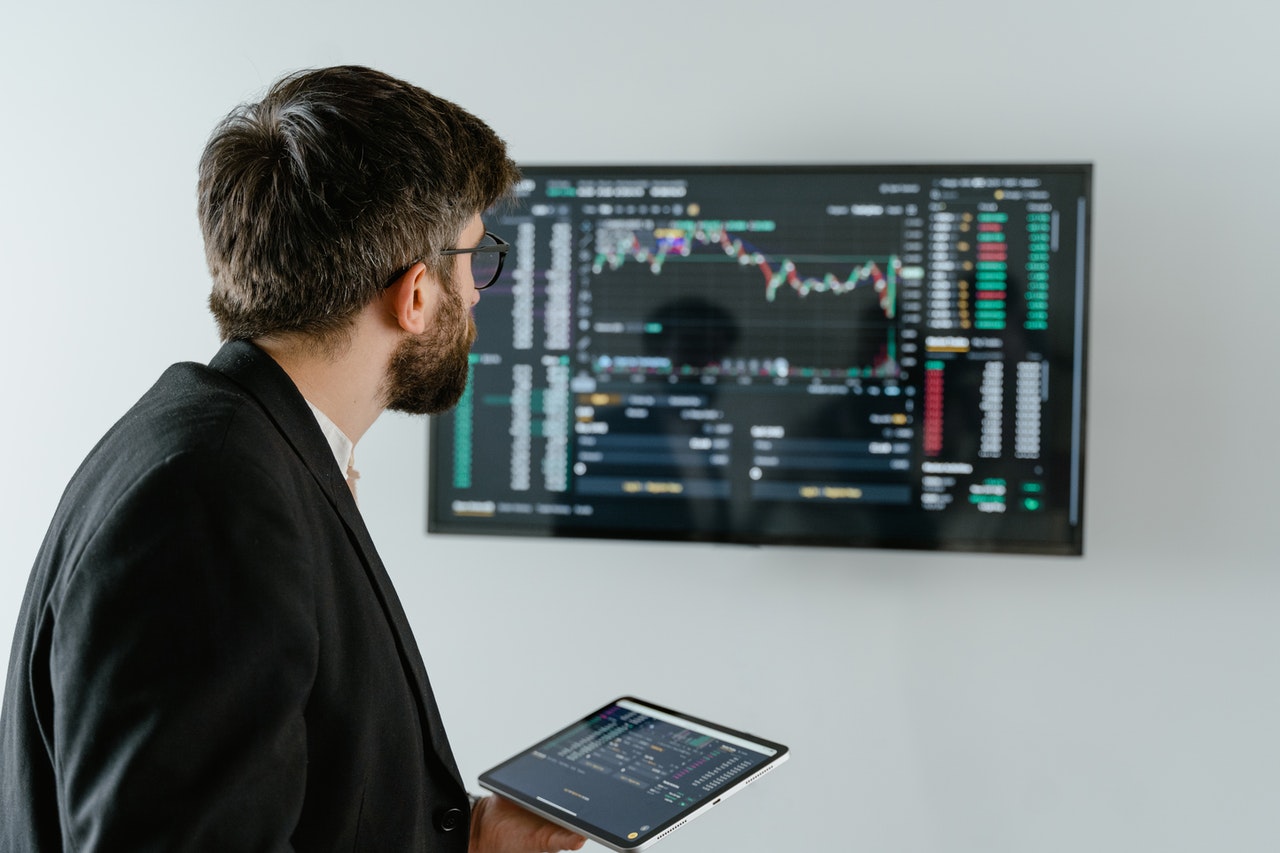Cardano (ADA) is a third-generation blockchain that is open to the general public and also serves as a Dapp development platform. Third-generation cryptocurrencies are more likely to learn from first- and second-generation currencies’ flaws and improve on them. New third-generation cryptocurrencies, such as ADA, can make use of recent advancements in security, sustainability, and multiple layer architecture to increase scalability.
Cardano is credited as being the first blockchain platform to gain international notice after incorporating a peer-reviewed research plan into its key concepts. Today, ADA is one of the most widely used cryptocurrencies.
History of Cardano
Charles Hoskinson, the co-founder of Ethereum, founded Cardano (ADA) in the 2015 model year. In September 2017, it made its debut on the market, which was almost three years ago. Charles Hoskinson and Jeremy Wood, the project’s founders, formerly collaborated on the Ethereum project. The team, however, had to separate due to disagreements in vision. Ada Lovelace, a 19th-century mathematician, is the inspiration for the ADA tokens.
Cardano was able to gain an instantaneous following in the cryptocurrency sector due to its innovation in language and VM design. These improvements to Cardano were more of a reaction to the Ethereum network’s problems. As previously said, the platform was able to set itself apart from its competitors by collaborating with highly qualified experts all over the world in order to incorporate peer-reviewed academic research into its design.
Uses of Cardano
Because Cardano is a young project, its technology can be applied to a wide range of industries. Cardano is currently associated with the Ethiopian Ministry of Education, with its blockchain hosting over five million tamper-proof data. When those Ethiopian kids go looking for jobs or higher education, they will be able to search the blockchain for all of their accomplishments and records.
Furthermore, Cardano is widely used in the medical industry since its blockchain can be used to authenticate medicinal supplies, reducing the risk of acquiring counterfeit pharmaceuticals. Furthermore, blockchain technology can provide merchants, farmers, and truckers with trustworthy supply chain tracking. Finally, Cardano is important in many underdeveloped nations since it keeps track of people’s identities and so reveals their creditworthiness.
Why Does Cardano Matter?
Cardano is distinct from its rivals in a number of respects. One of them is that, unlike its competitors, it is primarily reliant on the academic sector. Not only that, but the platform’s design was created from the bottom up utilising evidence-based techniques centered on academic theory and scientific philosophy, as well as peer-reviewed research. This is one of the many reasons why the ADA is important.
In words, Cardano is similar to Bitcoin. Nearly 32 billion ADAs are in circulation today, with a maximum supply of 45 billion ADAs available for the course of Cardano’s existence. That alone is reason enough to believe that prices will not rise. However, given the volatile nature of the cryptocurrency market, if Cardano’s popularity grows, demand will rise due to the limited quantity it has to offer.

